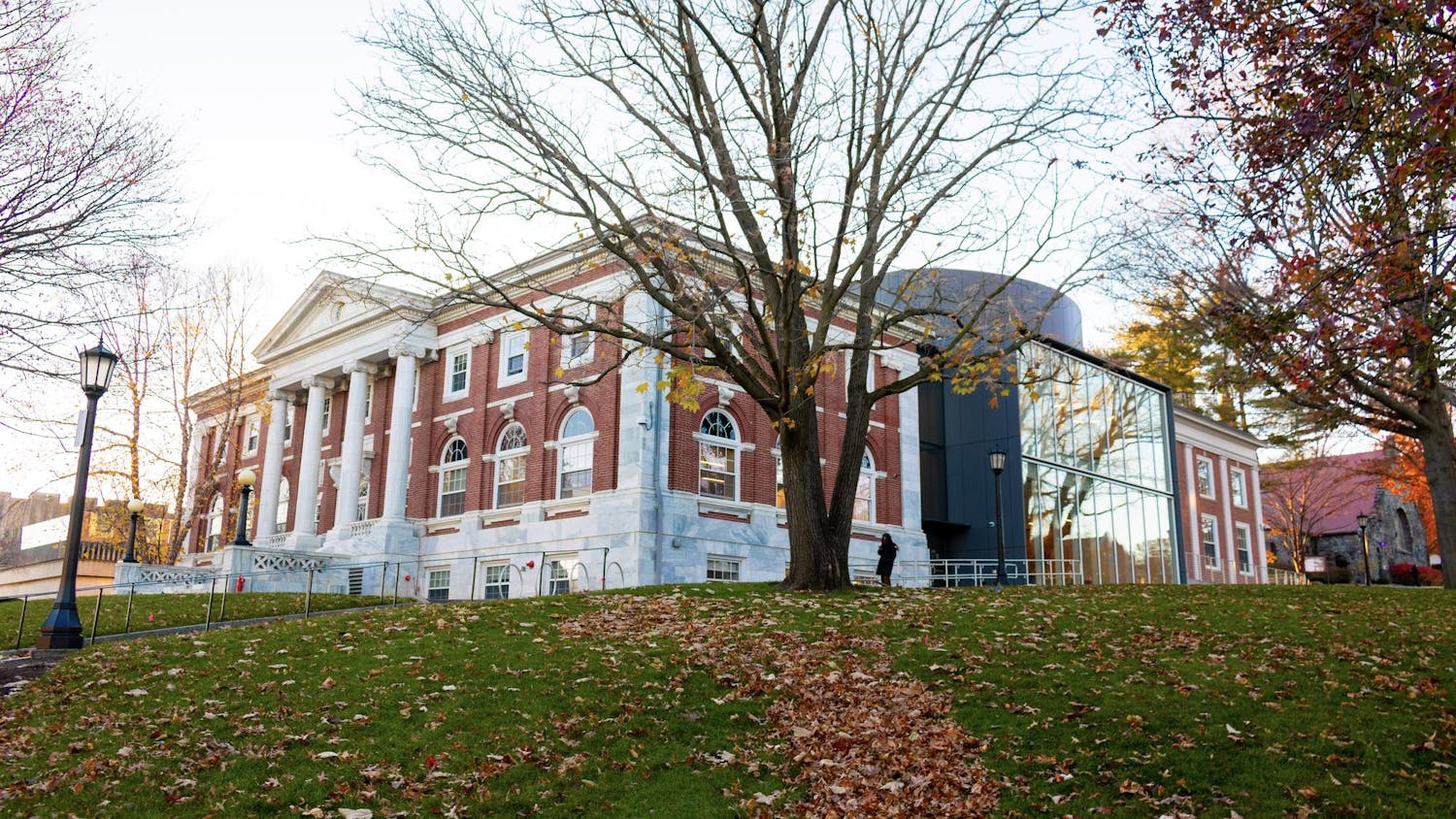On the day of Tufts’ career fair last September, I was struck by the vast disparity in interest between the tables of groups like the Charles River Associates or Fidelity versus those of more civic-minded companies and government agencies. Why weren’t more people looking for public sector jobs?
Tufts has a long history of civic excellence. One needs to look no further than Tisch College’s different initiatives to see how Tufts postures itself as a national leader in civic life and education. It’s this spirit that drew many students here and animates Tufts’ proud history of sending graduates into national service programs like Teach for America and the Peace Corps.
Back in 2012, Teach for America was a highly coveted career path for Tufts students. That year Tufts saw 9% of its graduating class apply to be Teach for America corps members. Just a year later, 8% of graduates applied and 35 joined as corps members. If Teach for America remained just as popular today as it was in 2012, this year’s graduating class would see over 145 applicants with many likely to secure spots as corps members. Yet, in recent years, far fewer have chosen this path. Between 2017 and 2022, there were only 18 total who went on to Teach for America.
A similar story emerges with the Peace Corps. In 2001, 22 graduates served as Peace Corps volunteers. Between 2017 and 2022, the total number fell to just 15.
This precipitous drop could be explained by a decline in national identity or criticism of each program’s approach. While Americans have become increasingly ashamed of their country, and many have criticized Teach for America and the Peace Corps for their white-savior-like approaches, it’s not clear that these two things have sunk the popularity of these organizations here at Tufts. In fact, Teach for America has changed in response to these critiques and it’s paid off: 62% of its current cohort of teachers identify as people of color compared to just 20% of traditional teachers nationwide.
While the Peace Corps hasn’t changed substantially since its founding, it’s still not clear that the criticism lobbed at it has sunk its credibility. The most likely explanation for the sharp decline in interest is a university-wide culture shift towards a careerism that’s shoved public service and civic engagement to the wayside.
As an incoming Teach for America corps member myself, I am disheartened that my fellow students don’t share this call to service. I chose to come here hoping to find a community overflowing with like-minded people dedicated to this notion. While those people do exist here, it’s not clear that Tufts stands out from its peer institutions in this regard. It’s certainly been a letdown from the bright-eyed idealism of 18-year-old me eager to fly across the country amidst a global pandemic to find my people.
As a senior, I know I’m not alone in asking or being asked the infamous question, “What are you going to do after you graduate?” I’m astounded that when I say what I’ll be doing, some ask, “What is Teach for America?” “It’s like the Peace Corps, just at home” has become my go-to response. Underlying those questions is an even greater one: How did we go from a school where close to one out of 10 graduating seniors applied to Teach for America to one where some haven’t heard of it?
It’s worrisome. Charles Tufts’ vision of a “light on the hill” is being extinguished. While national service programs aren’t the only ways students can lead professional lives devoted to civic engagement, the trend is clear: This ain’t your father’s Tufts. With the completion of the Joyce Cummings Center, Tufts has accomplished something remarkable in that regard. This new building stands taller than the Hill, though the administration disputes this fact. It’s an apt symbol for a university severed from its founding values. From a certain angle, the light from atop this Hill is no longer visible.
A school where companies like Deloitte and Northrop Grumman have become the new Teach for America and the Peace Corps is not one I’m proud to attend. Nothing says Pax et Lux quite like consulting and the military-industrial complex, right?
We stand now at a critical moment. Do we hunker down and attempt a revival of our past virtues, or do we flow with the changing tide and abandon the principles we first stood for? It’s the former that ought to win out. Amidst this moment of political emergency, this upheaval represents the kind of civic project required to chain ourselves once more to our bedrock principles.
It is now incumbent upon a new generation to take hold of the tools we’ve been given and reshape this institution in the model of its origin. Just as a city on a hill ought to shine for all to see, so too should our light from this hilltop. Tufts, let’s not forget what “Pax et Lux” really means.






